 |
 |
 |
 |
 |
 |
|
Long Lasting LSR Nipples |
Built-in Air Valves |
Naturally Shaped |
Perfect Fit |
Untouched by Human Hand |
BPA Free |
Blossom With Soft Spoon Feeding Bottle
Blossom With Soft Spoon Feeding Bottle made using Japanese Technology used to make this product material made in USA in special grade engineered for baby bottles bio compatible estrogen safe polymer this product is BPA free and food grade. Product made in the most hygienic conditions untouched by human hands. In quality it meets all applicable international standards and ISI mark.
PRODUCT FEATURES AND ADVANTAGES :
- 100% BPA free – Safe and Hygienic.
- Standard neck – easy to Fill & Clean.
- Glass like Clarity.
- Ergonomic design for comfortable hold.
- Travel secure tight seal cap.
- Spill proof system – no Spill, Leak or Fuss.
- Peristaltic LSR Nipple for natural sucking motion
- Built in valves – helps reduce colic.
- Clear measurement – easy to read.
- Long lasting lsr nipple – naturally shaped for babies comfort.
- Baby friendly multicolor design printing.
- Sterilizable both ways – traditional method and in sterilizer.
INSTURCTIONS FOR USE :
Always read mandatory instruction on pack before use sterilize each component and clean prior to first use do not use baby feeding bottle in microwave and dishwasher do not use with sticky, teared, enlarged or cracked nipple always use with tenderflo lsr nipples only for best results. Blossom With Soft Spoon
🍼 Types of Baby Feeding Bottles:
-
Standard Bottles: Basic, straight design. Easy to clean.
-
Angled Bottles: Bent at the neck to help reduce air intake and prevent gas.
-
Wide-Neck Bottles: Closer to the shape of a breast – great for breastfed babies.
-
Vented/Anti-Colic Bottles: Designed with valves to reduce air bubbles, which can help with colic or gas.
-
Glass Bottles: More eco-friendly and durable but heavier.
-
Plastic Bottles: Lightweight and shatterproof. Make sure they’re BPA-free.
-
Silicone Bottles: Soft, squeezable, and often more natural-feeling.
🧽 Baby Feeding Bottle Cleaning Tips:
-
Sterilize before first use (boiling water, sterilizer, or dishwasher safe cycle).
-
Clean after every use with warm, soapy water or in the dishwasher (if allowed).
-
Bottle brushes help reach all the spots.
-
Sterilize regularly in the early months.
✅ Things to Consider When buying a Baby Feeding Bottle
-
Nipple flow rate (newborns start with slow flow).
-
Bottle material (glass, plastic, silicone).
-
If you’re breastfeeding too – get bottles that mimic breast shape and feel.
-
Easy to assemble and clean is a huge plus.
👶 Matching Baby Feeding Bottles to Baby’s Needs
1. Newborns (0–3 months)
-
Use small bottles (4 oz or 120 ml).
-
Choose slow-flow nipples to prevent choking and allow natural sucking rhythm.
-
Anti-colic bottles like Tenderflo Bfree Anticolic Bottle are great to reduce gas.
2. 3–6 months
-
Start increasing bottle size (8 oz / 240 ml).
-
May switch to medium-flow nipples as baby sucks faster.
-
Babies begin adjusting to bottle-feeding patterns, so a more ergonomic bottle helps.
3. 6+ months
-
May start using faster-flow nipples or sippy-cup transition bottles.
-
Wide-neck or silicone bottles help self-feeding or gripping practice.
🔁 Bottle Nipple Types
| Nipple Type | Best For | Brands That Offer |
|---|---|---|
| Slow Flow | Newborns, breastfed babies | Tenderflo |
| Medium Flow | 3–6 months | Tenderflo |
| Fast Flow | 6+ months | Tenderflo |
| Orthodontic Nipples | Teething or dental health | Tenderflo |
| Breast-like Nipples | Combo feeding (breast + bottle) | Tenderflo |
🛠️ Feeding Accessories to Consider
-
Bottle Warmer: Heats milk gently and evenly .
-
Sterilizer: Steam sterilizers save time vs boiling water.
-
Bottle Drying Rack: Keeps everything clean and upright.
-
Formula Dispenser: Great for travel or middle-of-the-night feeds.
-
Bottle Brush: A long-handled one with nipple cleaner is ideal.
💡 Bottle-Feeding Tips
-
Paced Feeding: Helps mimic breastfeeding and prevents overfeeding.
-
Hold baby upright while feeding to reduce ear infections.
-
Burp halfway through feeding and after to release trapped air.
-
Warm milk to body temperature, but test on your wrist — not too hot!
-
Don’t reuse leftover milk from a previous feed — bacteria can grow fast.

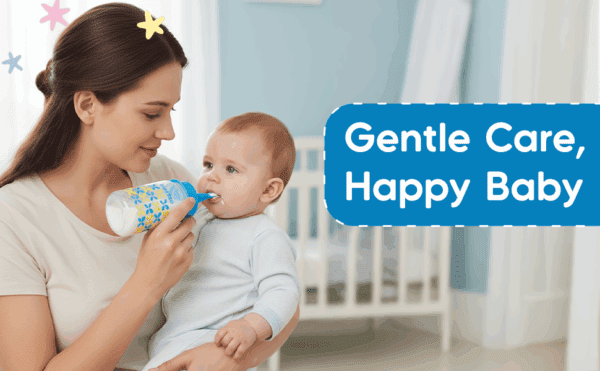
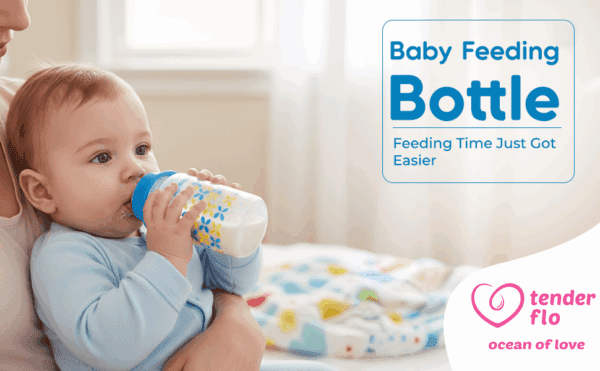
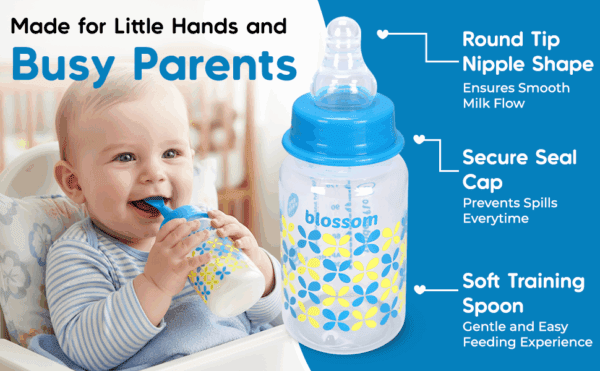
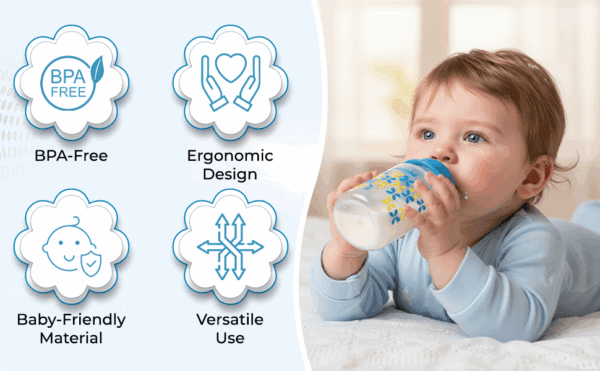
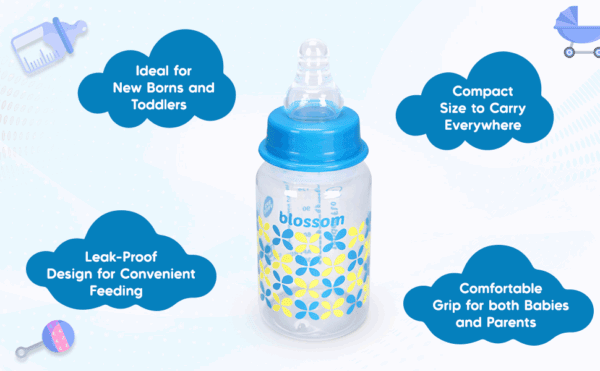
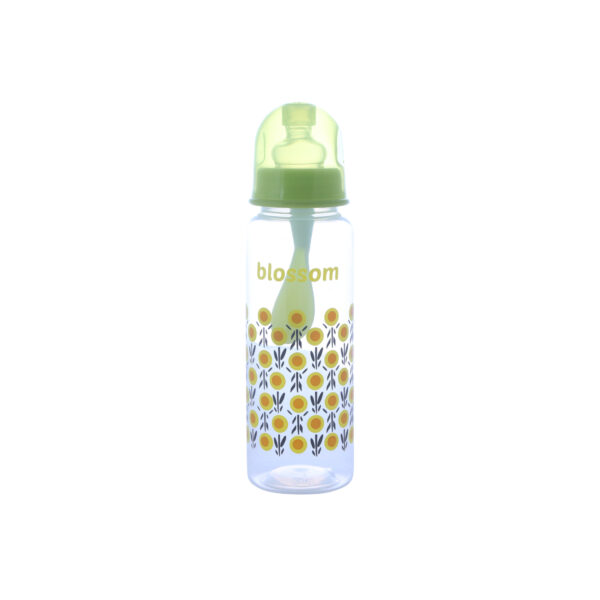
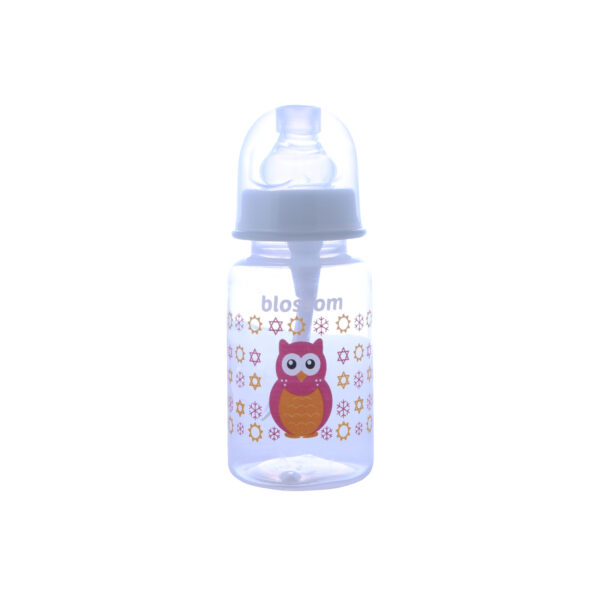
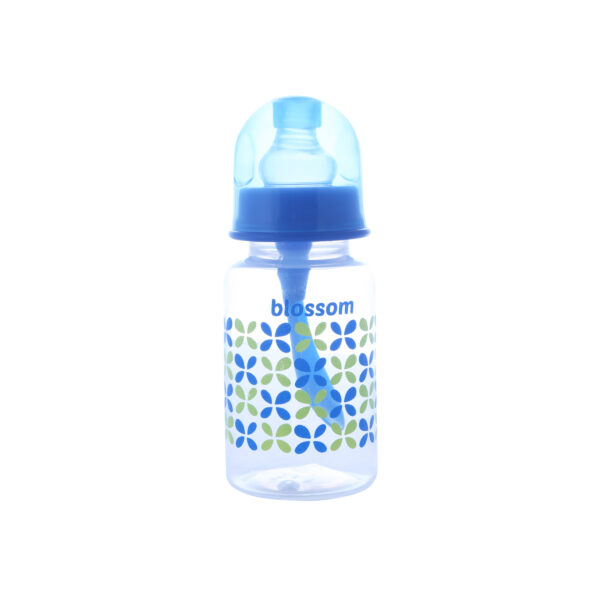

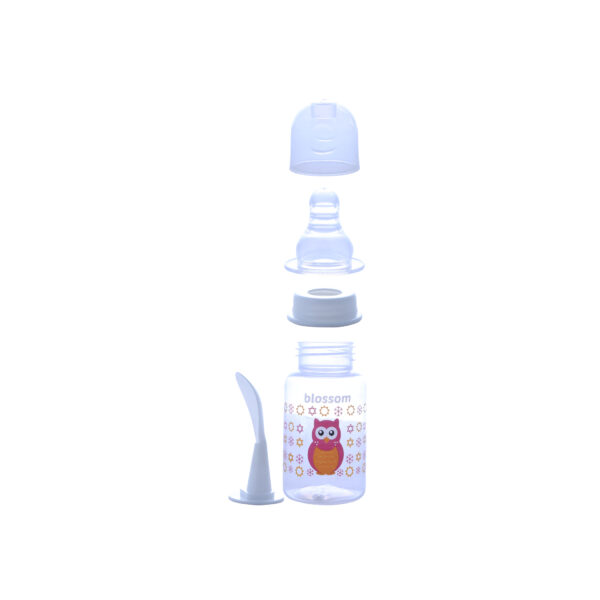
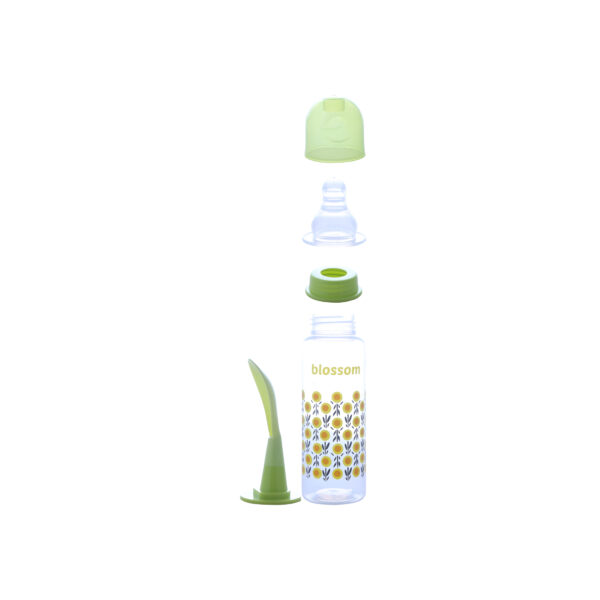

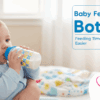
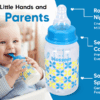
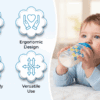

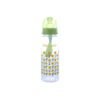
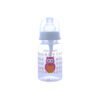
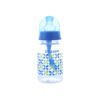
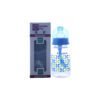
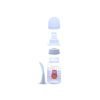


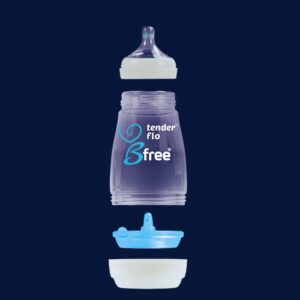
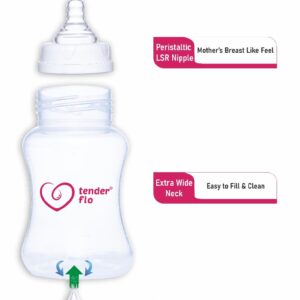
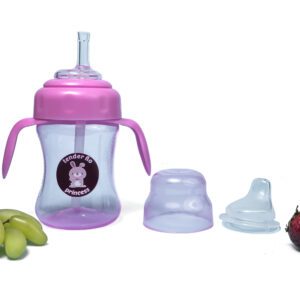
Reviews
There are no reviews yet.